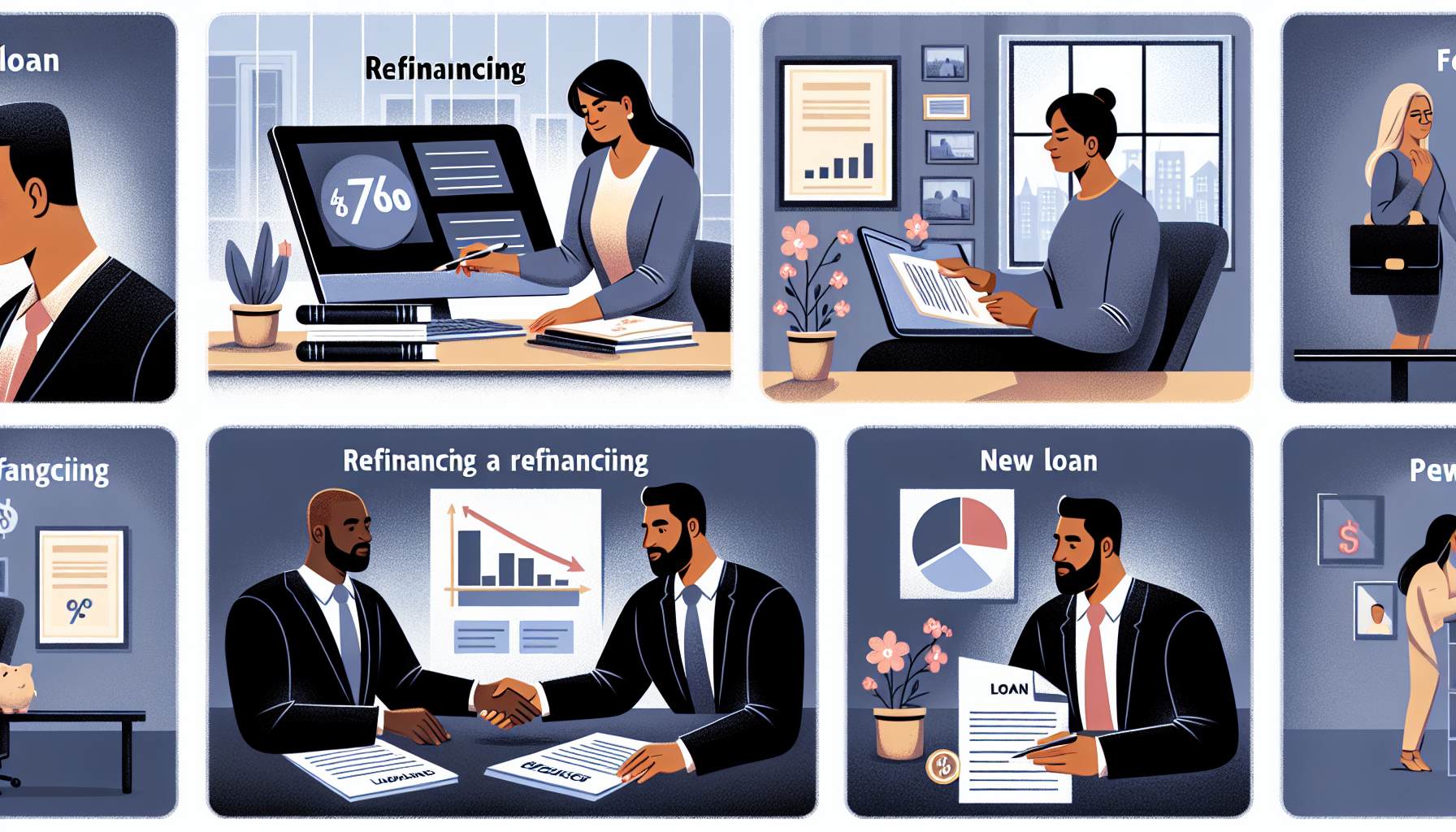Refinancing a personal loan can be a smart financial move for many individuals. By refinancing, borrowers have the opportunity to potentially lower their interest rates, reduce their monthly payments, or even consolidate multiple loans into one. However, it’s important to understand the reasons behind refinancing and the steps involved to successfully navigate the process.
Reasons to Consider Refinancing a Personal Loan
One of the primary reasons to consider refinancing a personal loan is to lower your interest rate. If your credit score has improved since you initially took out the loan, you may be eligible for a lower interest rate, which can save you money in the long run. Additionally, refinancing can help you secure a fixed interest rate if your original loan had a variable rate, providing you with more stability and predictability in your monthly payments.
Another reason to refinance a personal loan is to reduce your monthly payments. If you’re struggling to make payments on your current loan, refinancing can potentially extend the loan term, spreading out the payments over a longer period of time. While this may result in paying more interest overall, it can provide relief in the short term by lowering your monthly financial burden.
Consolidating multiple loans into one is also a common reason to refinance a personal loan. By combining all your debts into a single loan, you can simplify your financial situation and potentially secure a lower interest rate. This can make managing your finances easier and more cost-effective, as you’ll only have one payment to keep track of each month.
Steps to Successfully Refinance Your Personal Loan
The first step in refinancing a personal loan is to assess your current financial situation and credit score. You’ll need to gather information about your existing loan, including the balance, interest rate, and term. Then, research potential lenders to compare rates and terms to ensure you’re getting the best deal possible. Once you’ve identified a lender, you can begin the application process.
Next, you’ll need to submit an application to the lender of your choice. This will involve providing personal information, financial documentation, and details about your existing loan. The lender will then review your application and determine if you qualify for a refinanced loan. If approved, they’ll provide you with the new loan terms, including the interest rate, term, and monthly payment amount.
After accepting the new loan terms, your lender will pay off your existing loan, effectively closing it out. You’ll then begin making payments on the new loan according to the agreed-upon terms. It’s important to continue making timely payments to ensure you maintain a positive credit history and stay on track towards financial stability.
Refinancing a personal loan can be a strategic financial decision for many individuals looking to lower their interest rates, reduce their monthly payments, or consolidate multiple loans. By understanding the reasons to consider refinancing and following the steps outlined above, you can successfully navigate the process and potentially improve your financial situation. If you’re considering refinancing your personal loan, be sure to carefully evaluate your options and work with a reputable lender to ensure you’re making the best choice for your individual circumstances.


Related Posts :
How to Successfully Refinance Your MortgageConsolidating vs Refinancing Student Loans
The Many Benefits of Refinancing Your Mortgage